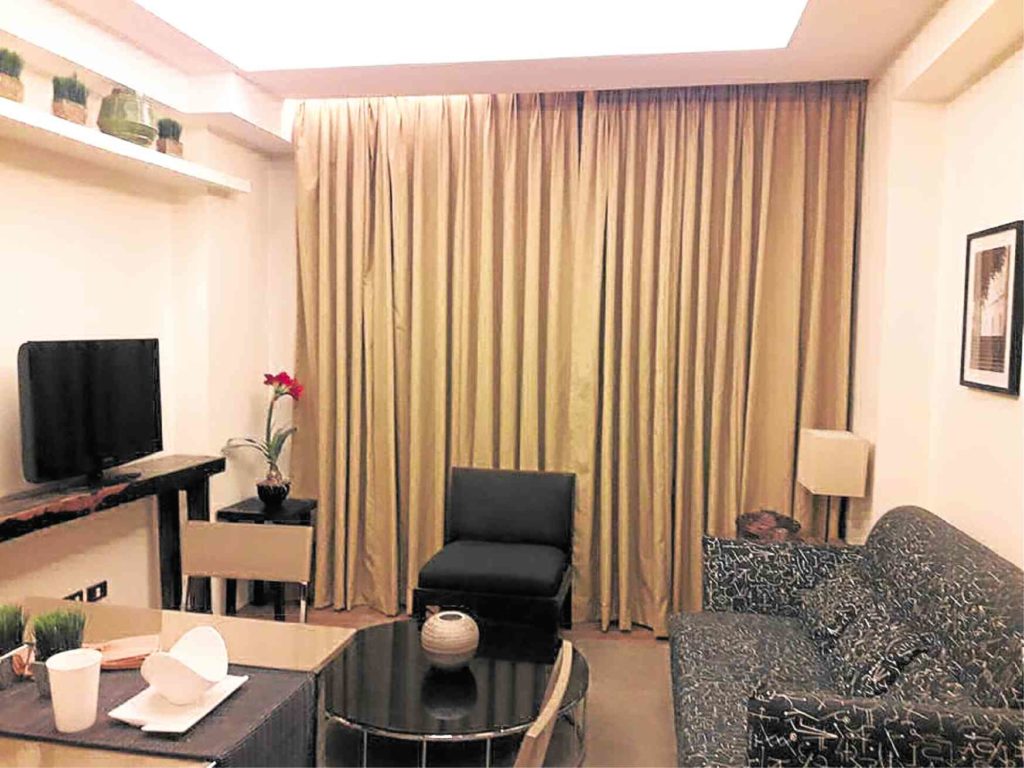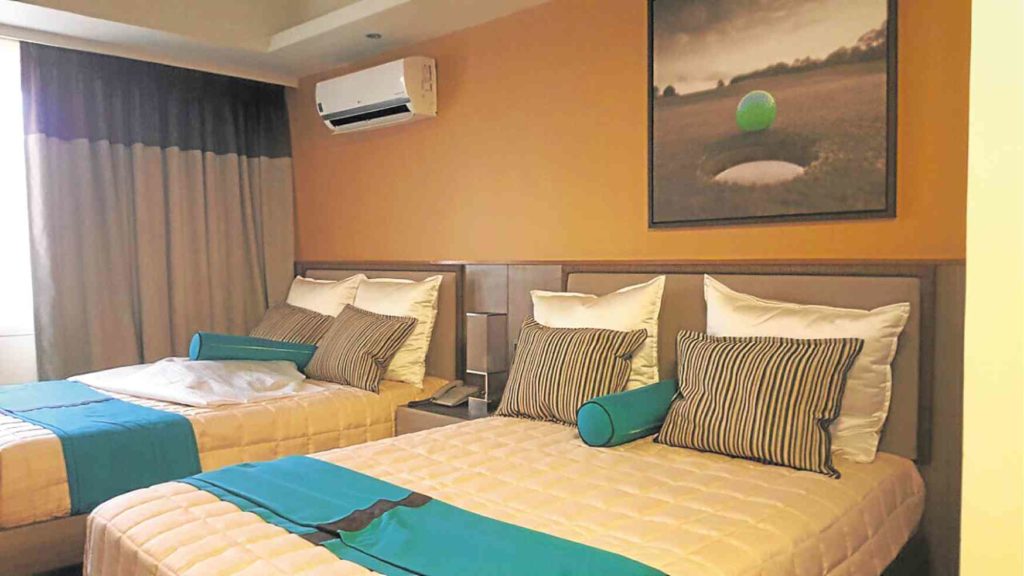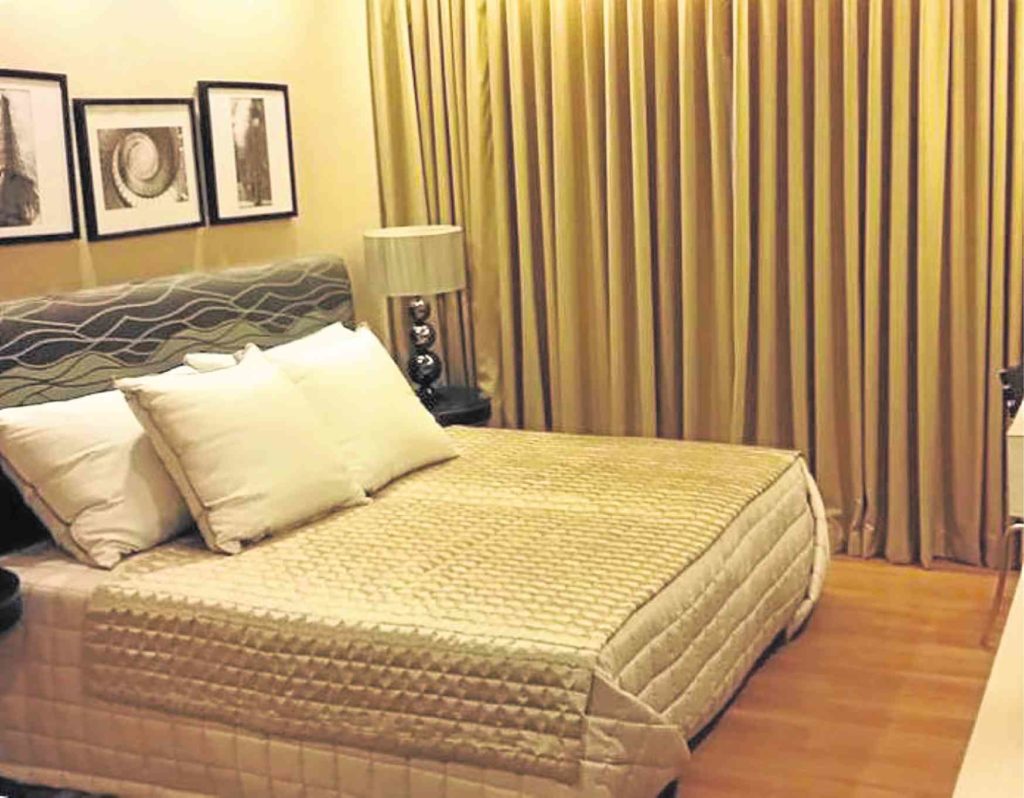Why showrooms still matter
It is common knowledge that big developers spend a substantial amount for model houses and condominium showrooms. Aside from the construction cost, these showrooms require fancy furnishings often tucked in to the costs of hiring experienced interior designers.
One therefore wonders why developers would pour in substantial amounts for the purpose of showrooms. Are they really necessary? Do they help substantially in creating market awareness?
Sta. Lucia Land Inc. (SLLI), one of the Philippines’ premier developers, has quite a number showrooms across the country.
Aware of the fact that to be successful in the housing market where pre-selling of units commences prior to completion of the project, scale models and showrooms play a major role in capturing the attention of prospective buyers and bringing the project to visual reality.
A tastefully-designed showroom provides would-be buyers an opportunity to see, feel, and enjoy their dream home. An aesthetically pleasing unit allows them to imagine the finishing materials they might consider putting in to their own unit.
Article continues after this advertisementThe emotional excitement that is built within the buyers as they “feel” their unit—the spaciousness, the functionality, the view, the opportunity to actually touch the kitchen countertops, open the built-in cabinets, sit on the dining area or living room, visualize the kind of tiles used in the bathrooms—help developers in securing sales.
Equally important to having a well-designed showroom is the professional expertise of a sales agent who would be touring a prospective buyer.
After all, how the showroom is presented by an agent can make or break the sale.
An agent’s ability to understand the lifestyle choice of a buyer as well as the agent’s knowledge of the technical advantages of the finishing materials to be used in the unit can spell the big difference for the prospective buyer to better appreciate what is being showcased.
Since most showrooms use upgraded finishing materials for aesthetic purposes, the servicing agent must also be knowledgeable of the actual materials that would be used for the turned over unit.
In other words, the agent must know the actual deliverables vis-à-vis what was adapted in the model unit being presented more especially if upgrades were used in the showroom. This is to avoid any misrepresentation on what is actually being sold to the buyer.
The key to an effective showroom is to give prospective buyers the total experience of what they are buying by making them understand, imagine, feel, love and enjoy what they are seeing. It is not enough that showrooms are carefully and creatively designed.
More importantly, showrooms must be able to vividly capture the lifestyle desired by its target market.
With so many players in the real estate industry offering new and better concepts of developments, with computers already aiding in the visual presentation of projects yet to be constructed, and with buyers being more demanding and meticulous in the buying decisions, showrooms have become a vital medium in enhancing the saleability of a property.
The internet may connect developers to the buyers through pictures and videos of the property. But showrooms are the three-dimensional renditions of the project that allow these buyers to actually experience what they are buying.
The author is the EVP of SLLI Global Marketing Inc., the newest marketing group of Sta. Lucia Land Inc. and Sta. Lucia Realty Development Inc.


